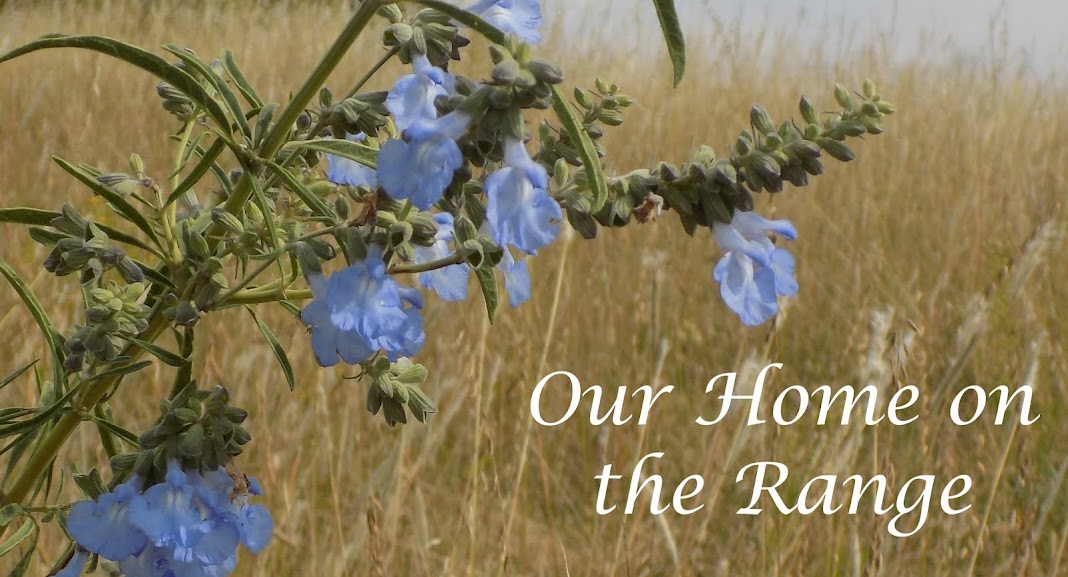For those unaware, this book is little like the movie you may remember. The writing is lyrical and engaging as we follow Bambi from his birth to his maturity. Salten does not shirk from showing life and death in the forest, including the struggles to find enough food in the winter.
Though death is depicted regularly in the book, the presence of humans (always referenced in capital letters - He and Him) is always depicted with overwhelming fear. He always causes senseless killing of the deer and other animals. In one instance, he also foolishly shelters a weak deer and then releases him back into the forest without a fear of humans. Not surprisingly, the deer is quickly shot and killed by another hunter.
My children are young, but we do not shy away from books depicting death merely for that reason, especially books depicting death in nature. After much thought, I have decided Bambi is not yet appropriate for them. In one scene near the end, a dead poacher is described in distressing detail:
He was lying with His pale, naked face turned upward, His hat a little to one side on the snow. Bambi, who did not know anything about hats, thought His horrible head was split in two. The poacher's shirt, open at the neck, was pierced where a wound gaped like a small red mouth. Blood was oozing out slowly. Blood was drying on His hair and around His nose. A big pool of it lay on the snow which was melting from the warmth.The scene continues in a way I found even more problematic:
"Do you see, Bambi," the old stag went on, "do you see how He's lying there dead, like one of us? Listen, Bambi. He isn't all-powerful as they say. Everything that lives and grows doesn't come from Him. He isn't above us. He's just the same as we are. He has the same fears, the same needs, and suffers in the same way. He can be killed like us, and then He lies helpless on the ground like all the rest of us, as you see Him now."Do you see how this passage is troublesome for young audiences? While we do want to encourage our children to protect the world our Lord created and to govern the resources with good stewardship, humans are not the same as animals. We were created in the image of God. Though we can be killed and we do die, those who follow Christ have the promise of everlasting life. Animals do not.*
We believe there are some instances where hunters provide the population control large natural predators can no longer provide. Even if we were against hunting, however, I believe some of the messages of this book are inappropriate for children not yet able to discern what the author is presenting and how we may disagree with him. The message, you see, is just subtle enough a child might internalize it without realizing it.
The book is beautifully-written and deserves to be read and enjoyed, just by older children. I noticed Ambleside recommends Bambi as a choice for independent reading in fourth grade. I don't have a fourth grader so I'm not sure of the maturity level at that age, so we'll have to see. I will be certain to speak with First Son (and later children) about the book as they read it.
* Editor's note regarding animals in heaven: Kansas Dad, with his great knowledge of theology, maintains that we will have all we need to be happy in heaven. Though animals do not go to heaven because they do not have souls, if our happiness depends on the presence of an animal, say a beloved pet who has died, the animal will be in heaven. That being said, it seems to me the presence of the Lord himself is likely to be enough for our happiness.
